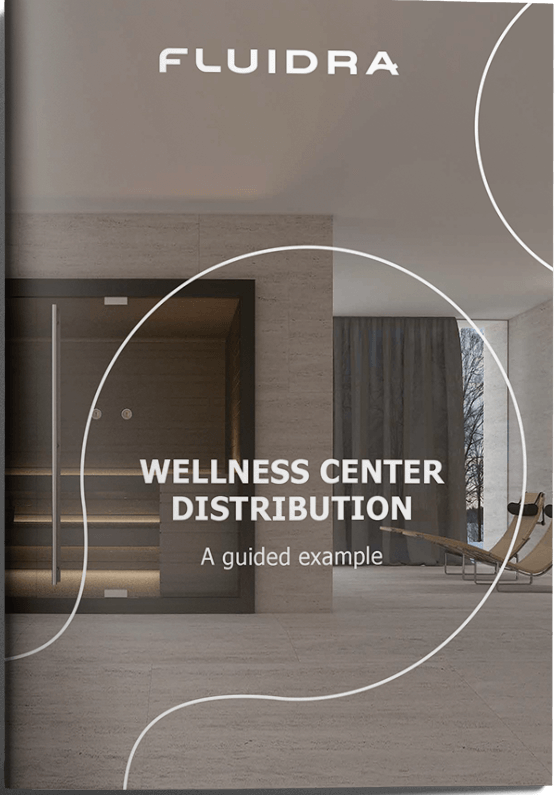
Designing a gym carefully makes all the difference in the highly competitive fitness industry, creating unique experiences that users will recommend and want to repeat.
Exercise pools
Incorporating an exercise pool into the gym design allows you to expand the range of physical activities that users can choose from. Some examples are:
- Water aerobics: this is the performance of aerobic exercise in water that focuses on muscle toning and cardio, often incorporating equipment like weights and balls. Water aerobics can also include more modern exercises like aqua zumba, which combines dance steps with toning.
- Hydrospinning: this fitness craze takes traditional spinning to the water, using special bikes anchored to the floor of the pool.
- Aquacross: involves combining low-impact exercises on land and high-impact exercises in the water.
- Aquadance: combining traditional water exercise with dancing, participants can do low-impact muscle toning work to the beat of the music.
- Aquapilates: converts traditional Pilates exercises into pool-based ones; specialized equipment is often use, although it isn’t mandatory.
- Hidrogym: workouts in the water, often with music. Suitable for different levels, it stimulates blood circulation and strengthens joints and muscles.
- Therapeutic swimming: designed to rehabilitate injuries, joint problems, spine problems, etc.
- HydroHIIT: HIIT involves high-intensity interval training and is particularly useful for burning fat and improving endurance. HydroHIIT involves adapting these exercises to a pool environment.
All these activities are normally performed in shallow pools (1.20 m to 1.50 m). Incorporating movable floors into your gym pool design is an interesting option.
These types of floors make it possible to adjust pool depth to the specific needs of the space at any given time. This means that gyms can use this highly versatile space to program a full range of activities for diverse target audiences: the pool can be used in the morning for swimming (deeper pool); at noon, for aquagym classes (less deep), and in the afternoon, as a shallow pool for children’s activities.
Lap pools
Lap pools are pools designed for swimming and training, so they range in depth from 1.4 to 1.8 meters and are usually long and narrow. These features make it easy to incorporate into any gym design.
Wellness space for sports
Wellness spaces are where participants can go post-workout to recover after intense physical activity in water.
Wellness spaces for sports can include:
- Hot (around 38ºC) and cold plunge (between 12-15ºC) contrast pools offer a counterpoint with a range of benefits, including better circulation.
- Hot tubs and hydromassage pools with water or air jets to help relax muscles.
- Saunas and steam baths have benefits that include the release of toxins, muscle relaxation and increased blood circulation.
There are many proven benefits of water-based exercise in a gym. Beyond providing equipment that many gym users have come to expect, aquatic facilities:
- Reduced stress on the joints: humans float and weigh less in water, which cushions the pressure on the joints during physical exercise. Thus, hydrospinning and aquagym are suitable for people with joint problems (issues with joint stability in the knees or ankles, for example).
- It boosts bone strength and tones and strengthens muscles: a 2018 study by Pereira Neiva et al. found that a few weeks of aquaerobic exercise leads to more explosive upper-body strength.
- Increase calories burned: exercising in water burns more calories. An estimated 30 minutes of aquagym burns about 600 calories, the equivalent of an hour and a half of exercise out of the water.
- Improve cardiovascular health: the same study by Pereira Neiva et al. found that 12 weeks of aquagym led to significantly lower systolic blood pressure levels.
- It is perfect for rehabilitation: the cushioning provided by the water is also ideal for people who have injuries or are undergoing rehabilitation.
- Underwater exercise also enhances flexibility.
In short, a gym design greatly benefits from the addition of aquatic facilities, helping the gym stand out from the crowd.
